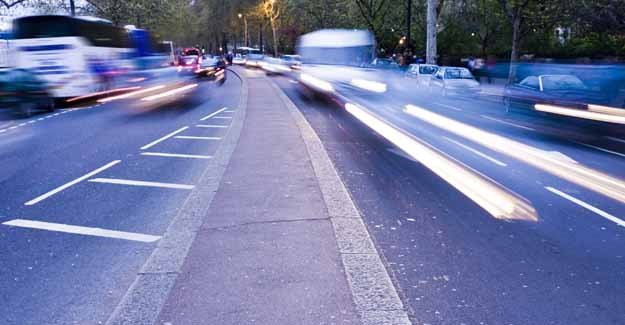Welsh trunk roads should be retained as roads for movement according to Elizabeth Dainton, Research Development Manager from the Royal Automobile Club Foundation speaking at the Wales Road Safety Conference today (30).
Responding to the Welsh Assembly Government’s recent consultation on ‘Setting Local Speed Limits’ she will stress that 20mph zones should continue to be limited to non-trunk roads to ensure that Wales retains vital roads for movement. Ms Dainton will explain that more research is needed before blanket 20mph zones are more widely implemented in urban areas and that policy development should not speed ahead of understanding, local considerations or public acceptance.
The Royal Automobile Club Foundation’s paper* on 20mph zones finds that 96% of all pedestrian casualties and 93% of cyclist casualties are killed or injured on built up roads with speed limits under 40mph. Speed is not the only factor which leads to these accidents. Driver behaviour, which includes speed, is a factor in 25#
% of all accidents, whereas failing to look is the biggest cause of collisions (35%). Ms Dainton argues that driver training and education are as important as reducing speed when it comes to improving casualty figures.
Ms Dainton’s presentation will outline the aims, objectives and history behind 20mph zones, drawing on one of the most extensive studies on their effectiveness**, which found that average speeds fell by 9mph and annual accidents by 60% in selected 20mph zones. Although casualty reductions for current 20mph zones are impressive, Ms Dainton will explain why there are limits to their effectiveness.
These are:
* Enforcement: Traffic calming measures are needed if existing speeds are high. These are unpopular and expensive. Physical enforcement is often the only option available due to low levels of traffic police and a lack of camera enforcing technology.
* Public acceptability: Three quarters of the public support 20mph zones in residential areas, but no research is available to assess whether a more comprehensive network of zones would be welcomed. Physical traffic calming measures are disliked by 57% of the public. Camera enforcement is also a contentious issue, which is likely to make the introduction of average speed cameras to enforce 20mph zones difficult.
* Roads for movement are needed: 20mph zones may reduce casualties in certain circumstances, but the economic vitality of an area also needs to be considered. It is essential that local areas have ‘roads for movement’. A whole network of 20mph zones is not viable or desirable.
Elizabeth Dainton, Research Development Manager at the Royal Automobile Club Foundation says:
‘Reducing road casualties in Wales and throughout the UK must remain a priority and 20mph zones and other measures to lower speed have an important role to play. However, we must also consider the need to maintain the economic vitality of our towns and cities. The right balance must be struck, meaning that pilot schemes for 20mph zones should be carefully considered in conjunction with well-managed roads for movement.’
Notes to editors:
* Dainton, E. (2008) 20mph zones: More Haste, Less Speed?
** Webster, D.C., Mackie, A.M., (1996) Review of traffic calming schemes in 20 mph zones. TRL report 215.


